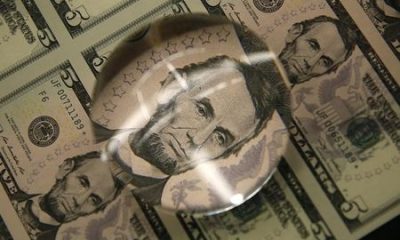Forex
Navigating EUR/USD Stability, Speculation, and Technical Analysis
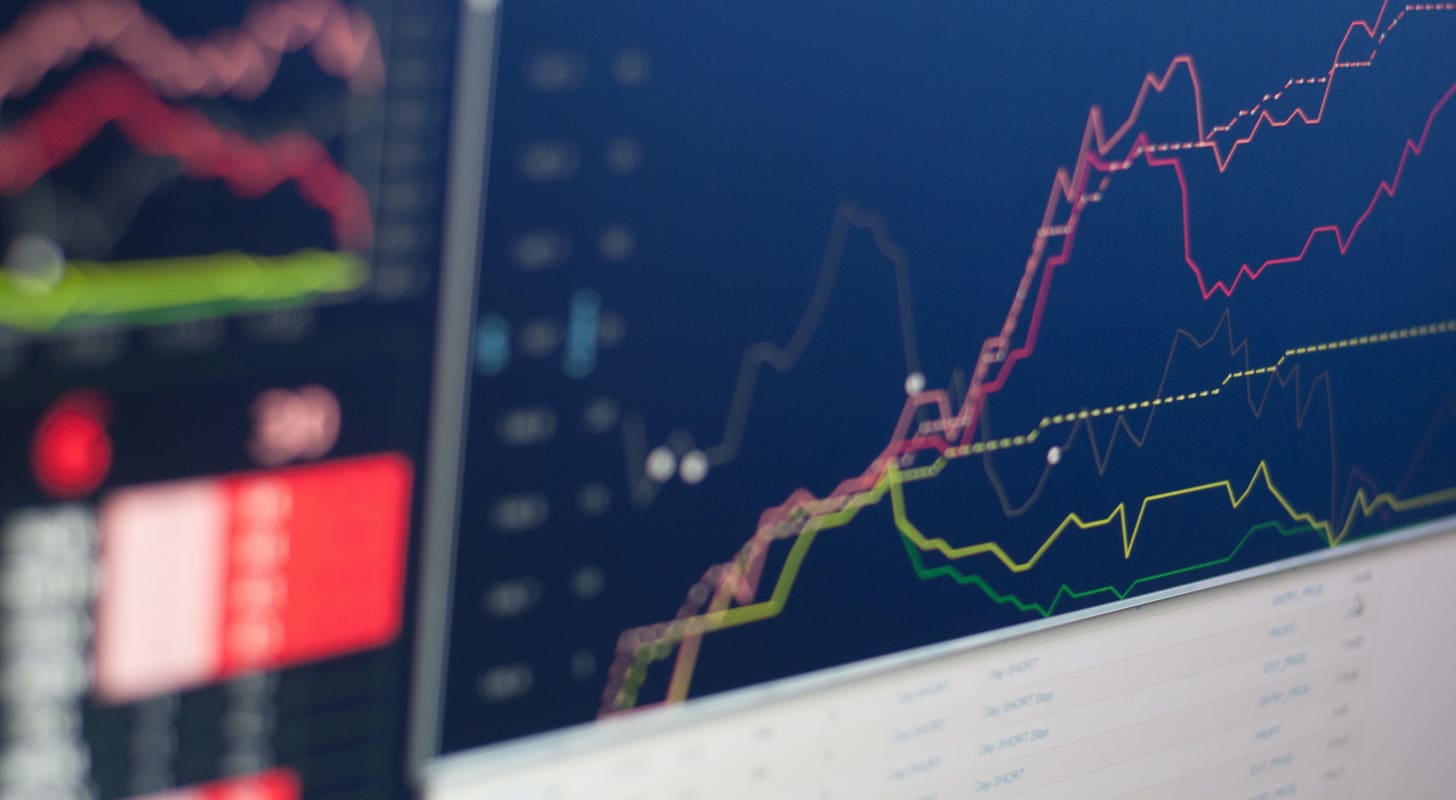
By RoboForex Analytical Department(EUR/USD) remains steady near 1.0910 as it enters the new week of June, shrugging off some of the tension it previously faced.In the recent past, the market was consumed with speculation and conjecture about the next moves of the US Federal Reserve System regarding interest rates. According to the CME FedWatch monitor, there is a high likelihood of a credit cost increase at the July meeting.Monetary policymakers at the Fed have been hinting at similar possibilities. Fed Chair Jerome Powell, while addressing politicians last week, expressed that the idea of raising rates again seemed reasonable.The primary objective for the Fed remains the same—to bring inflation back to 2%. Presently, inflation figures are considerably higher, necessitating an ongoing battle.From a technical analysis perspective, EUR/USD has followed the projected upward wave to 1.1000 on the H4 timeframe. Subsequently, the market experienced a downward impulse, reaching 1.0844. A correction to 1.0930 could develop today, and after its completion, a new downward wave to 1.0740, possibly extending to 1.0660, may ensue. This scenario gains support from the MACD indicator, with its signal line currently at highs and descending sharply towards zero.On the H1 timeframe, a consolidation range has formed around 1.0940. Upon breaking out upwards, the market exhibited an extended structure, reaching 1.1000. It then underwent a downward impulse to 1.0840. A correction to 1.0940 has already occurred today, testing from below. Following its completion, a fresh downward wave to 1.0840 could commence. This technical scenario finds confirmation from the Stochastic oscillator, as its signal line is above 50 and could potentially rise to 80 today.Overall, EUR/USD has remained resilient near the 1.0910 level, exhibiting stability despite previous uncertainties. The upcoming actions of the US Federal Reserve System regarding interest rates continue to be a focal point for market participants, with analysts closely monitoring the potential impact on the currency pair. From a technical standpoint, various indicators and patterns suggest the possibility of both corrective rallies and downward movements, indicating the importance of monitoring key levels and trend developments.DisclaimerAny forecasts contained herein are based on the author’s particular opinion. This analysis may not be treated as trading advice. RoboForex bears no responsibility for trading results based on trading recommendations and reviews contained herein.
Forex
Dollar pushes higher; Fed speakers in focus
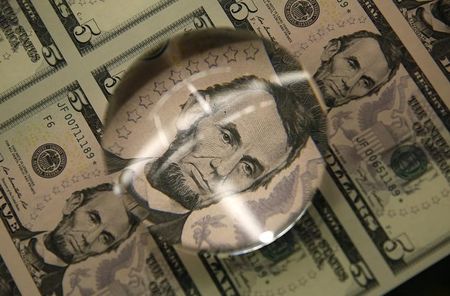
Investing.com – The U.S. dollar edged higher Wednesday, bouncing from recent weakness with a number of Fed officials set to speak.
At 04:20 ET (08:20 GMT), the Dollar Index, which tracks the greenback against a basket of six other currencies, traded 0.2% higher at 105.500, climbing away from last week’s roughly one-month low.
More Fed speak awaits
The dollar received a minor boost late Tuesday after Minneapolis Fed boss suggested that stubborn inflation and a robust economy could persuade the U.S. central bank to keep interest rates unchanged for the rest of this year.
The path of U.S. interest rates continues to dominate the market’s attention, and with no top tier U.S. economic data due this week the opinions of policymakers take on added importance.
Fed Chair basically ruled out more tightening last week, but there exists a great deal of uncertainty over when a move lower will occur.
Investors have no shortage of Fed officials to look forward to on Wednesday, with Vice Chair , Governor and Boston Fed President all due to speak.
Morgan Stanley now expects the Fed to start lowering interest rates from September, compared to its earlier forecast of July, while continuing to see three 25-basis-point rate cuts through the year.
“A reversal in key components points to disinflation ahead, but given the lack of progress in recent months it will take a bit longer for the FOMC to gain confidence to take the first step,” the bank said in a note dated May 7.
remove ads
.
German economy “still struggling”
In Europe, traded 0.2% lower to 1.0736, after data showed that declined 0.4% in March on a monthly basis.
“The renewed contraction in industrial production in March after two months of expansion is a reminder that the German economy is still struggling,” said analysts at Capital Economics.
The has signalled a rate cut in June, but there remains a great deal of uncertainty over what happens with monetary policy after this.
traded 0.3% lower to 1.2473, ahead of Thursday’s meeting of the .
The U.K. central bank is not expected to change interest rates this week, there’s speculation that it may guide markets towards a cut as soon as next month – shortly after the ECB is expected to cut on June 6.
Yen falls despite intervention talk
In Asia, rose 0.4% to 155.35, with the yen weakening, moving back towards 34-year highs of over 160 hit last week, even as government officials kept up their warnings of more potential intervention in currency markets.
Bank of Japan Governor Kazuo Ueda said on Wednesday the central bank may take monetary policy action if yen declines affect prices significantly, while the country’s Finance Minister Shunichi Suzuki repeated a warning that authorities were ready to respond to excessively volatile moves in the currency market.
fell 0.4% to 0.6568, extending steep declines from the prior session after the struck a less hawkish tone than traders were expecting.
remove ads
.
While the RBA held rates steady and warned that inflation will remain sticky in the coming months, it stopped short of threatening to hike rates further – a scenario that had been priced into the Aussie in the lead-up to the meeting.
Forex
Asia FX weakens, dollar firms as markets rethink rate cuts
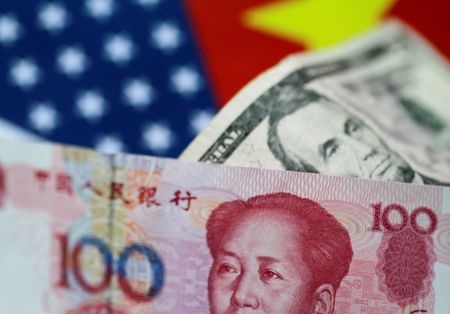
Investing.com– Most Asian currencies weakened on Wednesday, while the dollar firmed as comments from Federal Reserve officials saw markets rethink expectations for U.S. interest rate cuts.
The Japanese yen remained an underperformer among its peers, weakening against the dollar even as government officials kept up their warnings of more potential intervention in currency markets.
Underperformance in the Australian dollar also persisted after the Reserve Bank of Australia struck a less hawkish chord than expected on Tuesday.
Japanese yen weakens, USDJPY rises despite intervention threats
The Japanese yen’s pair- which is inversely representative of strength in the yen- rose 0.3% and past the 155 level, moving back towards 34-year highs of over 160 hit last week.
The pair had tumbled from those levels after the Japanese government seemingly intervened in currency markets on two separate occasions, while some weakness in the dollar also aided the yen.
But with markets now questioning the outlook for interest rate cuts in the U.S., traders resumed their speculation against the yen, even as Japanese officials warned against sustained weakness in the currency.
Australian dollar extends losses after less hawkish RBA
The Australian dollar’s pair fell 0.4% on Wednesday, extending steep declines from the prior session after the RBA struck a less hawkish tone than traders were expecting.
While the RBA and warned that inflation will remain sticky in the coming months, it stopped short of threatening to hike rates further- a scenario that had been priced into the Aussie in the lead-up to the meeting.
remove ads
.
While the RBA did also imply that rates will remain high for longer, markets priced out expectations of rate hikes from the Australian dollar, which had hit a near two-month high before Tuesday’s meeting.
Still, losses in the Aussie are expected to be limited as interest rates remain near 12-year highs, potentially for the rest of 2024.
Dollar strengthens as Fed officials cool rate cut bets
The and rose 0.1% in Asian trade, extending overnight gains after a slew of Fed officials warned that U.S. rates were more likely to remain unchanged for the rest of the year.
While softer-than-expected data from last week spurred some bets on a September rate cut, a slew of Fed officials warned this week that sticky inflation was likely to give the bank more reason to keep rates static.
This rhetoric boosted the dollar and weighed on most risk-driven assets, with Asian currencies seeing sustained weakness.
The Chinese yuan’s pair rose 0.1%, with markets awaiting trade data for April, due on Thursday, for more cues on Asia’s biggest economy.
The South Korean won’s pair jumped 0.5%, while the Singapore dollar’s pair added 0.1%.
The Indian rupee’s pair remained in sight of record highs above 83.5, with the currency set to experience increased volatility amid the 2024 general elections.
Forex
Bank of Japan issues stronger warning over yen’s impact on policy
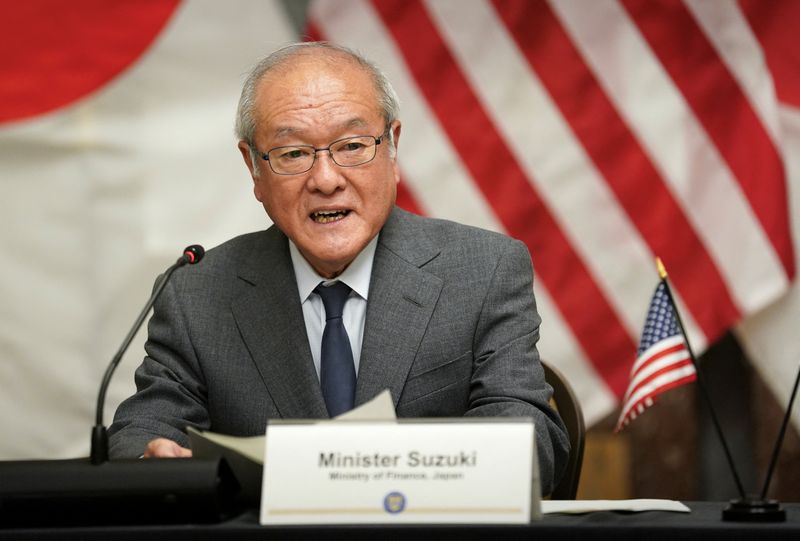
By Leika Kihara and Satoshi Sugiyama
TOKYO (Reuters) -The Bank of Japan may take monetary policy action if yen falls affect prices significantly, governor Kazuo Ueda said on Wednesday, offering the strongest hint to date the currency’s relentless declines could trigger another interest rate hike.
Ueda also said the BOJ could raise interest rates sooner than expected if inflation overshoots its forecasts, or risks to the price outlook increases.
Finance Minister Shunichi Suzuki voiced “strong concern” on Wednesday over the negative impact of a weak yen, such as boosting import costs, and repeated Tokyo’s readiness to intervene in the market to prop up the sagging currency.
The remarks, which followed a meeting between Ueda and Prime Minister Fumio Kishida on Tuesday, underscore the resolve of the government and central bank to cooperate in keeping damaging yen falls in check.
“We need to be mindful of the risk that the impact of currency volatility on inflation is becoming bigger than in the past,” as firms are already becoming more keen to raise prices and wages, Ueda told parliament on Wednesday.
“Exchange-rate moves could have a big impact on the economy and prices, so there’s a chance we may need to respond with monetary policy,” he said.
The remarks compared with those Ueda made after the BOJ’s policy meeting on April 26, when he said the yen’s recent falls did not have an immediate impact on trend inflation.
Ueda’s post-meeting comments have been cited by some traders as having accelerated the yen’s declines by heightening market expectations the BOJ will hold off on raising interest rates from current levels around zero for some time.
remove ads
.
After the yen hit a 34-year low of 160.245 per dollar on April 29, Japanese authorities are suspected to have spent more than 9 trillion yen ($58.4 billion) intervening in the market last week to prop up the currency.
The dollar stood at 155.40 yen on Wednesday, creeping up from a roughly one-month high of 151.86 on May 3.
ON TRACK FOR RATE HIKES
Speaking at a seminar later on Wednesday, Ueda said “sharp, one-sided” yen falls were undesirable as they hurt the economy.
He also said trend inflation was moving “firmly” towards the BOJ’s 2% target as a virtuous wage-inflation cycle becomes more solid, highlighting the central bank’s conviction that conditions for additional rate hikes were falling into place.
The BOJ will “adjust the degree of monetary accommodation” – code for rate hikes, according to BOJ watchers – if trend inflation accelerates toward its 2% target as it projects, Ueda said, signaling the chance of raising rates in the near-term and in several stages in coming years.
“If inflation overshoots our forecasts or if upside risks become high, it will be appropriate for us to adjust interest rates earlier,” he said.
“On the other hand, if inflation undershoots or downside risks heighten, we must maintain current accommodative financial conditions for a longer period.”
The BOJ ended negative interest rates and other remnants of its radical stimulus in March. Many market players expect the BOJ to raise rates from current levels around zero sometime later this year.
On the BOJ’s bond buying, Ueda said the central bank will maintain the size of purchases for the time being to scrutinise how markets absorb its March policy shift.
remove ads
.
All the same, he said it was appropriate to reduce the size of bond purchases in the future.

 Forex2 years ago
Forex2 years agoForex Today: the dollar is gaining strength amid gloomy sentiment at the start of the Fed’s week

 Forex2 years ago
Forex2 years agoHow is the Australian dollar doing today?

 Forex1 year ago
Forex1 year agoUnbiased review of Pocket Option broker

 Forex2 years ago
Forex2 years agoDollar to pound sterling exchange rate today: Pound plummeted to its lowest since 1985

 Cryptocurrency2 years ago
Cryptocurrency2 years agoWhat happened in the crypto market – current events today

 World2 years ago
World2 years agoWhy are modern video games an art form?

 Stock Markets2 years ago
Stock Markets2 years agoMorgan Stanley: bear market rally to continue

 Economy2 years ago
Economy2 years agoCrude oil tankers double in price due to EU anti-Russian sanctions











